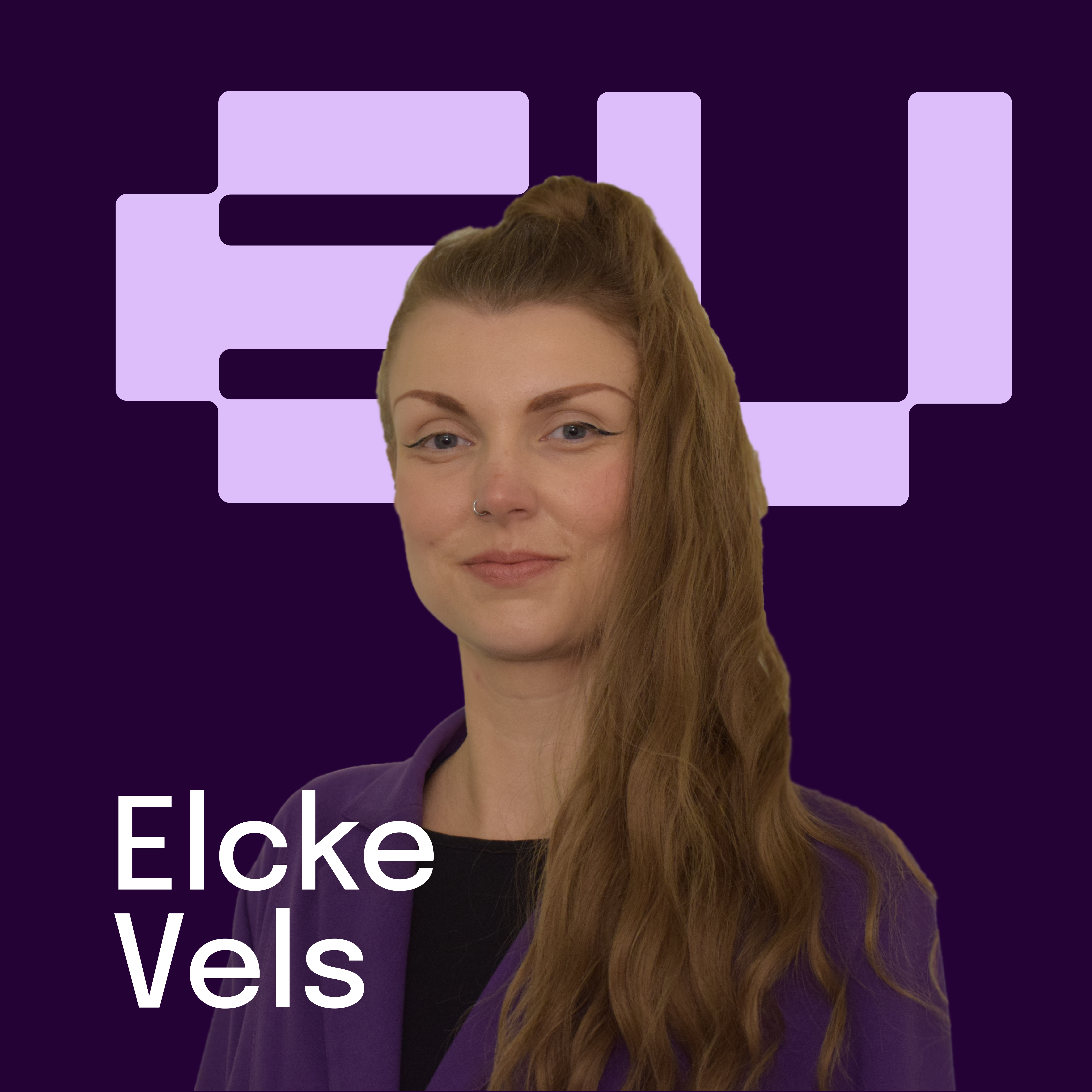Smart sensors in the food industry: the key to efficiency
Companies showed at Mikrocentrum how they deploy smart sensors, in the meat industry and for the production of rusks, among others.
Published on October 18, 2024
Our DATA+ expert, Elcke Vels, explores AI, cyber security, and Dutch innovation. Her "What if..." column imagines bold scenarios beyond the norm.
Smart sensors have become indispensable in the food industry. Advanced cameras and artificial intelligence collect objective and accurate data, leading to significant efficiency gains for companies within this sector. During the Sensors in Food congress , organized by Mikrocentrum, Entrepreneurs Society for the Food Industry (OSV), Next Tech Food Factories (NTFF), and Hygienic Design Network (HDN), companies showed how they are deploying smart sensors, in the meat industry and for rusk production, among others.
Preventing machine downtime
Smart sensors help with predictive maintenance and quality control of machinery in food production, for example. Bas Krommenhoek, business development manager at Balluff Benelux, explains that the company uses the Smart Automation and Monitoring System (SAMS). This system collects data via sensors about the functioning of machines, such as the bearings of motors. “This allows us to detect wear early and prevent unplanned downtime. This increases productivity and provides major savings in maintenance and energy consumption.”
Checking packaged products
In addition, Krommenhoek gave an insight into . This technology, already successfully used for inspections at airports, is now being tested in the food industry. Radar imaging uses electromagnetic waves to detect internal structures and is particularly suitable for inspecting packaged products, such as cheeses. Companies can also use it to identify impurities or foreign objects, such as plastic and metal particles. Krommenhoek emphasized that with the help of AI, Balluff not only collects data, but can also discover patterns and trends. This allows companies to further refine quality controls.
Remove defective products automatically
Bram de Vrught is managing director at Qing, which develops visual systems powered by AI. Using devices such as stereo cameras, which capture images from multiple angles, and hyperspectral sensors, which detect electromagnetic radiation across a broad spectrum, Qing analyzes food products. This allows defective or abnormal products, such as a bottle without a lid, to be automatically removed from the production line, leading to higher product quality and less waste. The company works with Bolletje, among others. “Our system ensures that every rusk meets quality standards,” De Vrught said.
Ensuring meat quality
Smart sensors are also playing an increasing role in the meat industry. Jeroen Keunen, General Manager of Vision Partners, elaborated on hyperspectral sensor technology, an advanced technique that goes beyond traditional methods such as spectroscopy and chemical analysis. It works like this: while humans only perceive visible light in the range of 380 to 700 nanometers, hyperspectral technology covers a much wider part of the electromagnetic spectrum. This makes it possible to measure chemical compositions of materials contactlessly and accurately. The technology can identify water, fats, proteins and sugars at specific wavelengths. The applications are versatile, ranging from detecting contaminants to analyzing product homogeneity. The company also uses deep learning. “This technique has revolutionized the field. We train our systems using datasets, leading to significant improvement in 3D imaging of products.”
Together with VION Food, Vision Partners launched in the meat industry. Bart Peijnenburg, pork chain development specialist at VION, explained the project. “We regularly receive questions from customers about the hardness of the fat of our pigs, for example from an Italian trade group active in the bacon industry.” Hyperspectral sensor technology, he explained, makes it possible to predict which carcasses are more likely to have the desired fat quality.
Improving animal welfare
In addition, VION is working with cameras equipped with built-in AI to improve animal welfare. This allows them to accurately monitor both animal behavior and environment. “We want to know how often an animal goes to the feed trough, how often it drinks and if fights are taking place. With the cameras, we can monitor this more closely.” Smart sensors can also measure temperature, humidity, CO2 and ammonia in the pig house. This data is eventually presented to the pig farmer on a dashboard. This allows the latter to monitor everything and, when necessary, make adjustments.
